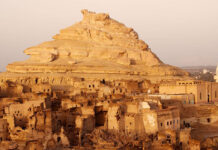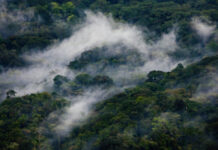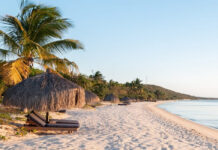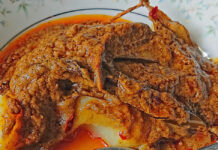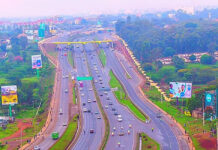Sudan: a Big Land with a big Potential
Sudan is once was the largest among the countries in the African Continent until the government allowed the split to make it 2 countries in 2011, South Sudan and North Sudan. Situated in Northeast of Africa, its total land area covers the equivalent of a quarter of the US’s land size. This country borders the red sea and is a neighbouring country to the Central African Republic and Chad on its west, Eritrea and Ethiopia on its east, Libya and Egypt on its north, ad Kenya, Uganda, South Sudan, and the Democratic Republic of the Congo are on its south. The presence of the Nile River running from north to the country’s south is not deterrent to its periodic draughts and dust storms. This is because sands storm- prone vast desert plains dominate most of the northern part of Sudan. On the other hand, the southern part of Sudan enjoys a tropical climate and the lands are speckled with mountains.
Sudan was viewed to be the 17th among the fastest growing economy around the globe in 2010 and this country’s rapid development may be largely attributed from oil production and profits regardless of the international sanctions it was facing. The country is significantly an agricultural and historically remains as the primary source of revenue and it occupies almost 80% of Sudan’s workforce. But regardless, agriculture only placed as 3rd of Sudan’s economic sector, oil exports as the 1st. the lack and scarcity of irrigation system in the country has greatly affected the potential richness of the barren agricultural land.
Vegetation in the southern Sudan is abundant as compared to the northern and western part where acacia short-grass and acacia dessert shrubs grow and lined along the Nile riverbanks are Date palms. A variety of fishes live on the red Sea coastal waters and in the rivers while the wildlife mostly include reptiles, mammals, and birds common and native to Central Africa. In 2002, all throughout the country has at least 280 bird species, over 3,100 plant species, and 267 mammal species. But the lack of control in hunting has left the nation’s wildlife threatened and by 2006, the IUCN or International Union for Conservation of Nature and Natural Resources has reported a large number of animals being endangered including different types and species of fish, mammal, plants, reptiles, birds, and invertebrates. Among the threatened are the Tora Hartebeest, White Rhinoceros, hawksbill turtle, and slender-horned gazelle while the Sahara Oryx has been extinct from the wild. 5.2 per cent of the country was protected in 2003 including the Dinder National Park that is listed as Ramsar Wetland site.
Among the best tourist attraction in Sudan are boat excursions along the Nile River through the country’s desert and forest, the Red Sea Hills, deep-sea fishing, and Port Sudan’s underwater gardens, including the archaeological sites located in the north, and hunting games in the woods of the south. Although, tourism in Sudan is virtually non-existent due to the civil war and beginning of Islamic rule, visiting Sudan would require tourist to acquire visa and your passport. Likewise the necessary precautions like vaccine against yellow fever, meningitis, malaria, and typhoid are extremely recommended.


